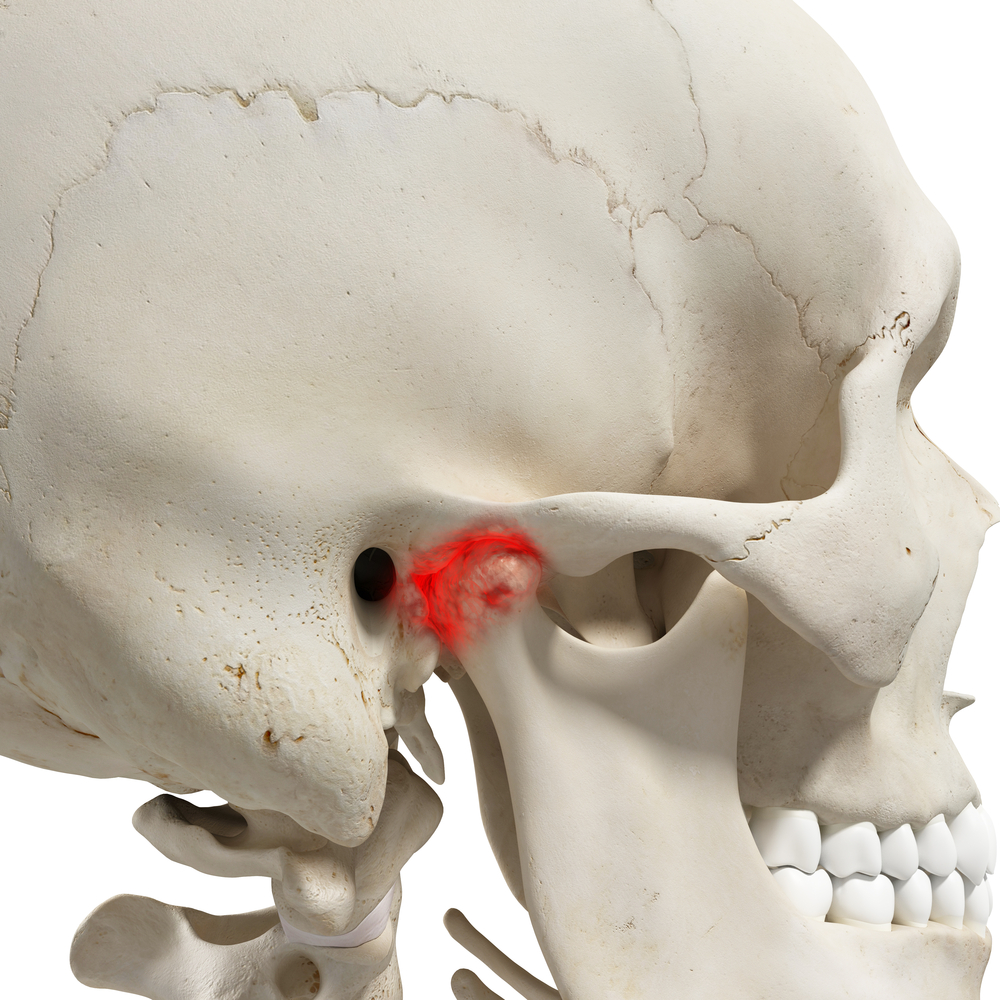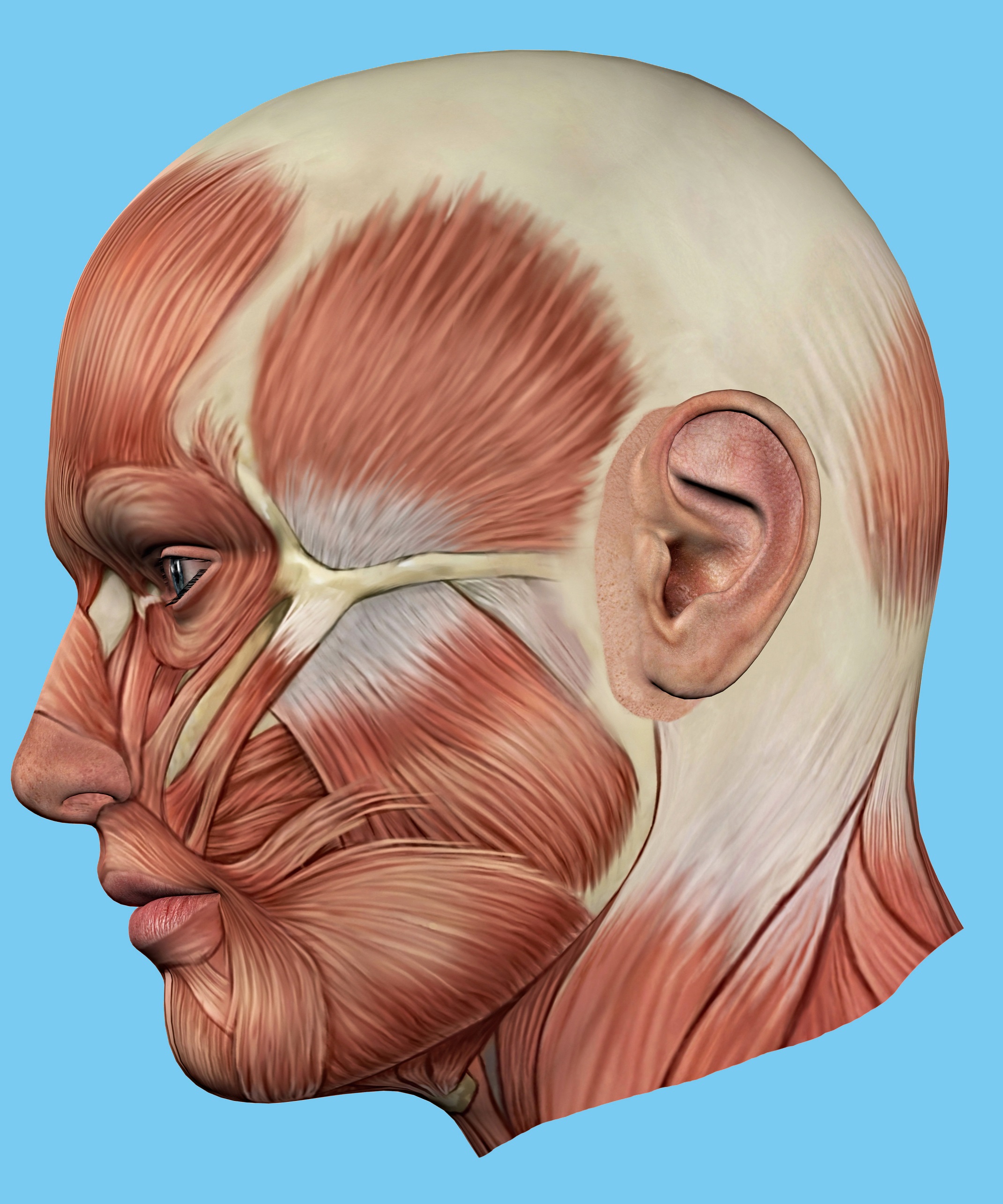Physiotherapy for Jaw Pain – The Temporomandibular Joint


What are the symptoms of TMJ dysfunction?
A patient with dysfunction of the TMJ can have one or many of the following symptoms:
• Pain in the jaw or side of the head.
• Difficulty opening the mouth fully for eating or yawning.
• Difficulty biting down or chewing.
• Clicking and/or grinding which can be felt when opening or closing the jaw.
• Headache and occasionally dizziness.
• Ear pain and tinnitus.
What causes TMJ pain?
There are many different reasons why someone may develop TMJ pain. Typically, a patient will have one of the conditions listed below, however occasionally there can be overlap between more than one of the conditions. A careful assessment by a specially trained physiotherapist will be able to determine the contribution from each of these factors.
• Damage to the joint as a result of trauma, such as a knock to the jaw or side of the head.
• Wear and tear of the joint’s cartilage (osteoarthritis).
• Overactivity of the jaw muscles, such as in patients who frequently clench or grind (including those with bruxism).
• Referred pain from the upper cervical spine due to neck dysfunction.
• Chronic irritation of the temporomandibular joint due to incorrect jaw posture/position.
• Dysfunction or displacement of the articular disc (a soft cartilage structure within the joint that assists with the articulation of the joint).

How is TMJ pain treated?
Depending on the cause of a patient’s TMJ pain, there is a range of treatment options available. These depend on the findings of the physiotherapy examination but may include one or a combination of the following:
• Manual therapy or “hands-on” treatment of the temporomandibular joint and associated muscles.
• Exercises to improve joint range of motion and alignment.
• Treatment of the upper cervical spine if indicated by the assessment.
• Addressing contributing factors including posture, eating habits and stress.
In certain specific cases, in addition to physiotherapy, patients may also benefit from the prescription of a mouth insert called an “orthosis”, which is prescribed by a dentist or maxillofacial specialist.
Get Active!
For more, visit our Frequently Asked Questions page.
If you would like to ask a question about our services or anything else, visit our Contact Us page to get in touch.
If you are ready to make an appointment, visit our make a booking page and let us help you with your fitness or recovery.

